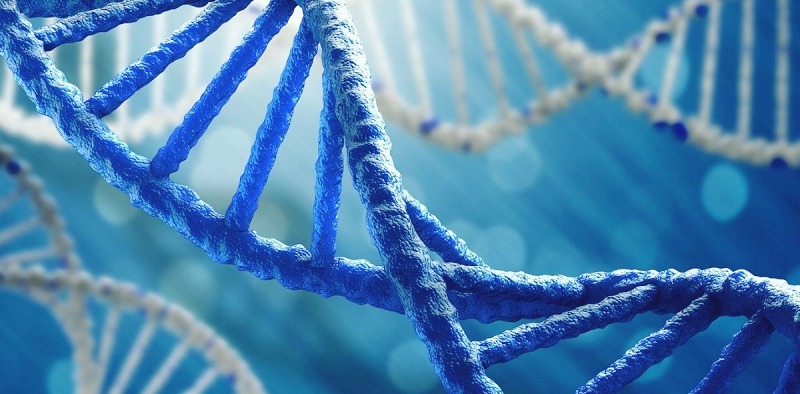Muscular dystrophy means a group of progressive muscular diseases without a pathology. These sorts of diseases affect the muscles and eventually produce permanent degeneration of the muscle fibers. Several studies in molecular biology have shown that the main cause of the apparition of muscular dystrophies has to do with genetic defects. These defects sit behind muscle weakness and pseudohypertrophy. Sometimes, mental affections can occur as a side effect of muscular dystrophies because the protein that’s affected genetically it’s also found in the brain.
Because all muscular dystrophies are progressive, the muscle strength will be compromised gradually. The cardiopulmonary function is affected as well. In the same time, once the muscles around the spine become weaker, the patient might suffer from a faulty posture which will later lead to spinal deformities and a deficiency in maintaining balance. These effects compromise the patient’s quality and duration of life. Sooner or later, the patient will be constrained to a wheelchair, not being capable to move. At this point, a deterioration in the functionality of the patient’s lungs is visible. If the patient previously suffered from cardiopulmonary conditions, this deterioration may cause death. This is the reason why patients suffering from muscular dystrophies should follow orthopedic treatments for as long as possible.
The most common muscular dystrophy diseases include:
- Duchenne (DMD)
- Becker’s
- Emery-Dreifuss
- Facio-scapulo-humeral
- Distal
- Ocular-pharyngeal
- Myotonic
- Congenital
- Limb-girdle

The causes behind muscular dystrophies are various. They are usually related to a pathological genetic code for different proteins found in the muscle (e.g. dystrophin). The lack of such proteins causes cellular instability, thus producing a progressive loss of intracellular structures. These effects can further lead to elevated levels of the CPK (creatine phosphokinase) enzyme. In dystrophies such as Duchenne and Becker, muscle cells die gradually, and the space left behind is filled with macrophages. This is the definition for pseudohypertrophy. Sometimes, muscular dystrophies are caused by the alteration of glycoproteins in the body (encoded in other chromosomes than the regular chromosome X).
The symptoms of muscular dystrophies are not usually noticeable from birth. In the case of Duchenne muscular dystrophy, doctors will recommend early screenings only if another case of muscular dystrophy is present in the family. Muscular dystrophies start to become noticeable anywhere between childhood and adulthood. The most frequent symptoms include:
- Loss of muscle mass
- Visible difficulty when walking
- Instability
- Pain in the muscles
- Limited movement
- Breathing difficulties
- Patella syndrome
- Scoliosis
Duchenne muscular dystrophy is considered a terminal disease, as its progression is fatal for the patient due to cardiopulmonary failure. Respiratory failure can be caused by nocturnal or hypoxic hypoventilation or a respiratory infection that progresses too fast to be treated. Becker’s is similar to Duchenne, but the symptoms are less severe, and they start developing later in a patient’s life. Each type of muscular dystrophy triggers different symptoms depending on the area that’s affected. In Emery-Dreifuss muscular dystrophy, the biggest risk for a patient is represented by atrioventricular blocks. As for facial-scapulo-humeral dystrophy, the disease causes dysarthria and dysphagia. It is important that the patient runs a CPK screening to find out the exact type of muscular dystrophy he is suffering from. Symptoms alone cannot determine the type of the disease.